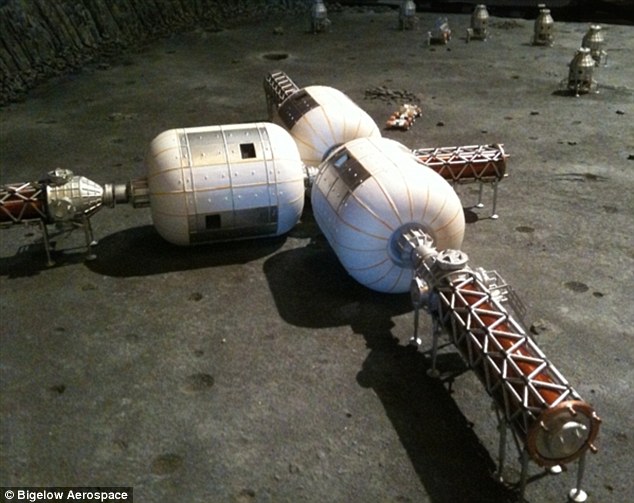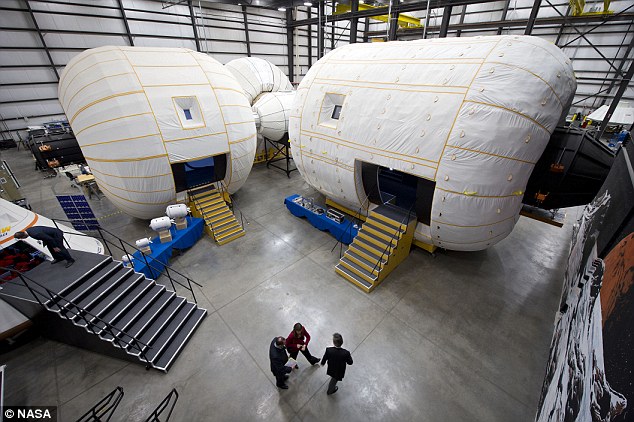Bigelow Aerospace was the unnamed partner when Charles Bolden, NASA’s administrator, stated that the space agency would not “take the lead on a human lunar mission.” There has been a lively debate on LinkedIn regarding this with many seeing the decision as a retreat and failure by the United States. But in fact NASA may very much be involved in a future lunar project to establish a moon base partnering with one or more private companies.
In an email statement sent to NBC News, NASA’s assistant administrator stated, “As part of our broader commercial space strategy, NASA signed a Space Act Agreement with Bigelow Aerospace to foster ideas about how the private sector can contribute to future human missions…..this will provide important information on possible ways to expand our exploration capabilities in partnership with the private sector.”
The Moon is not a NASA priority right now. The agency wants to capture an asteroid and visit it, a mission I wrote about last week. But its private sector partner, Bigelow, sees the Moon differently. The company wants to establish a private-sector lunar base, and space stations and refueling depots at LaGrange Points between the Earth-Moon system. NASA isn’t providing funding to Bigelow to accomplish these goals.
Instead Bigelow, possibly in partnership with other commercial space companies, or on its own, has plans to put an “Alpha Station” (see image below) with as many as 12 in its crew in low-Earth orbit by as early as 2017. Its goal is to fund this by offering private companies the opportunity to hitch a ride and reside on board. From there Bigelow intends to move upward to LaGrange Point stations and fuel depots. And finally the company sees a private lunar base (see what Bigelow has in mind in the image at the bottom of this posting) as the logical end stage of its immediate ambitions.
What will NASA’s role be in a private venture of this type? Certainly NASA’s Deep Space Network will be an important contributor to ensuring continuous communication for Bigelow and its partners. In addition NASA’s investment in new materials, propulsion systems and robotic technology could play a significant role as well. NASA could license technology or have some of its astronauts and scientists hitch a ride to these destinations in return for its technology sharing.










